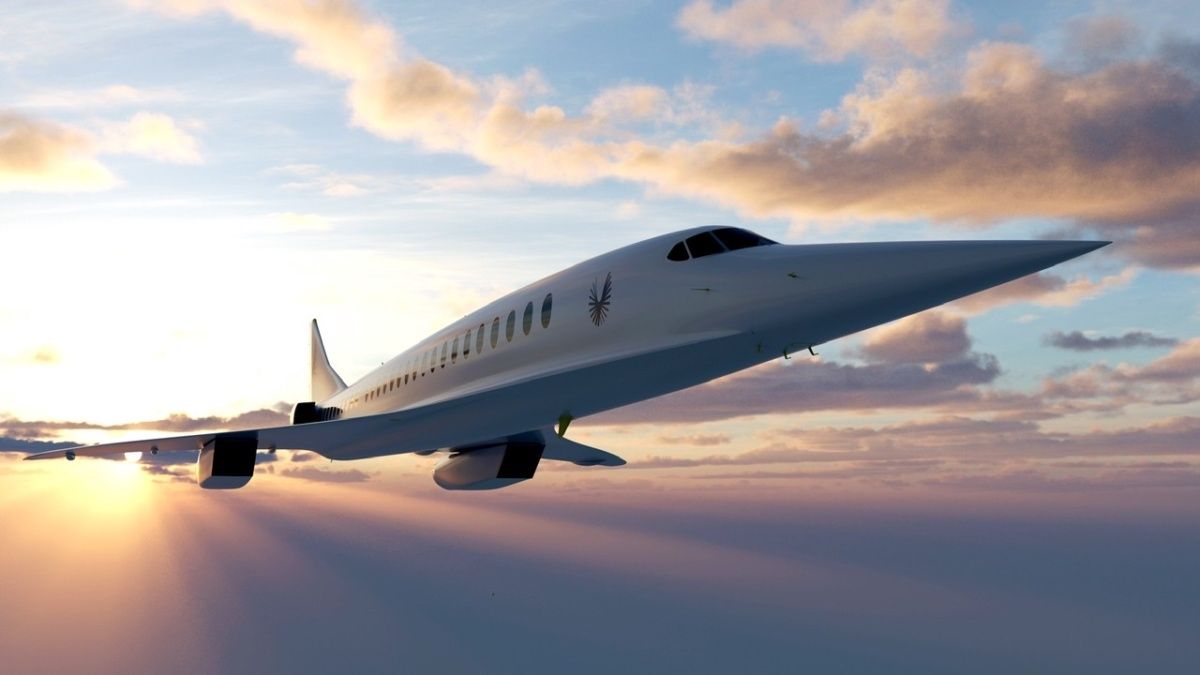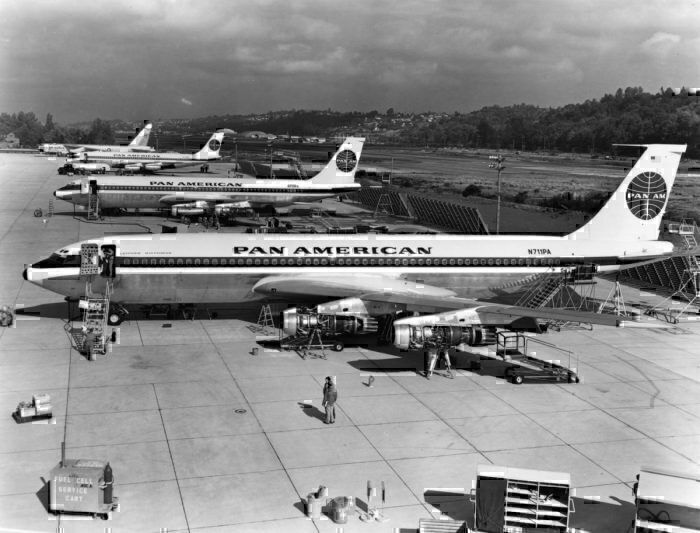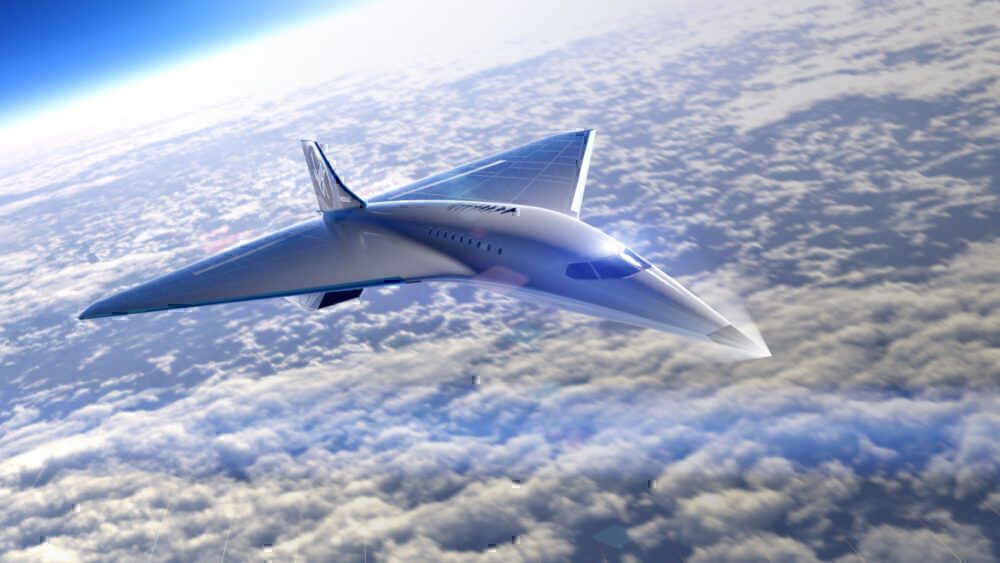How fast do planes fly? While it seems like an easy question, the answer is a little more complicated. Let's dive into it.
Planes started slow
When aircraft first flew (and we mean the very first planes made of wood and canvas), they were very slow. A typical British plane before the dawn of World War I was the general-purpose Royal Aircraft Factory B.E.2, which had a top speed of 116 km/h (72 mph). Aircraft back then only had engines as powerful as a small boat motor.
However, engineers quickly figured out how to install far more powerful engines and were able to increase the speed by World War Two. For instance, the Spitfire could hit 440 mph (710 km/h). There were also some records reaching 702 mph (1129 km/h) by 1944 (the Messerschmitt Me 163).
These speeds were still slow over long distances, with passenger aircraft sometimes taking days to do long-haul routes. Qantas, for example, would use the Lockheed Constellation on its London to Sydney route - a journey that would take four days to complete.
Stay informed: Sign up for our daily aviation news digest.
The commercial aircraft speed limit
The jet age changed everything. With the widespread introduction of the Boeing 707, airlines suddenly had access to much faster planes. This jet aircraft could fly at a speed of 621 mph (up to 1,000 km/h) and made the world much smaller.
However, there was a slight issue approaching airframe builders. As they approached the sound barrier, the amount of fuel needed to make the aircraft faster dramatically went up.
"The main issue is fuel economy," said Aeronautics and Astronautics professor Mark Drela. "Going faster eats more fuel per passenger-mile. This is especially true with the newer 'high-bypass' jet engines with their large-diameter front fans."
Thus a 'speed limit' was created at the point of peak fuel efficiency: Mach 0.85 (488 knots; 561 mph 903 km/h). Any faster and the aircraft burns more fuel for minor travel time improvements.
Aircraft and engine manufacturers don't try to push past this point, but rather tweak designs to carve out smaller and smaller fuel efficiencies at that speed.
Only two aircraft flew faster than the sound barrier, the European Concorde, and Russia's Tu-144. These aircraft flew at just over Mach 2 and allowed passengers to reach destinations in practically half the amount of time - something that, in other circumstances, money could not buy. Alas, these aircraft have since been retired, and the aircraft speed limit is back in full force.
Faster in the future
But for those with the need, the need for speed, fear not, as on the horizon we have some much faster aircraft.
Just recently, Virgin Galactic revealed plans to build a 19-seater supersonic aircraft that could fly at Mach 3. This would be the fastest civilian transport aircraft in the world.
Then there is the Boom Supersonic concept waiting in the wings, with the first proof of concept aircraft flying in the skies later this year. This aircraft will fly as fast as the Concorde and may bring back supersonic travel for some.
Lastly, there is even an aircraft that plans to fly from London to New York in 90 minutes at a scary Mach 5.
It may be a little sad that aircraft don't fly faster, but compared to other travel options like boats or cars, flying is a dream.
What do you think? Let us know in the comments.



